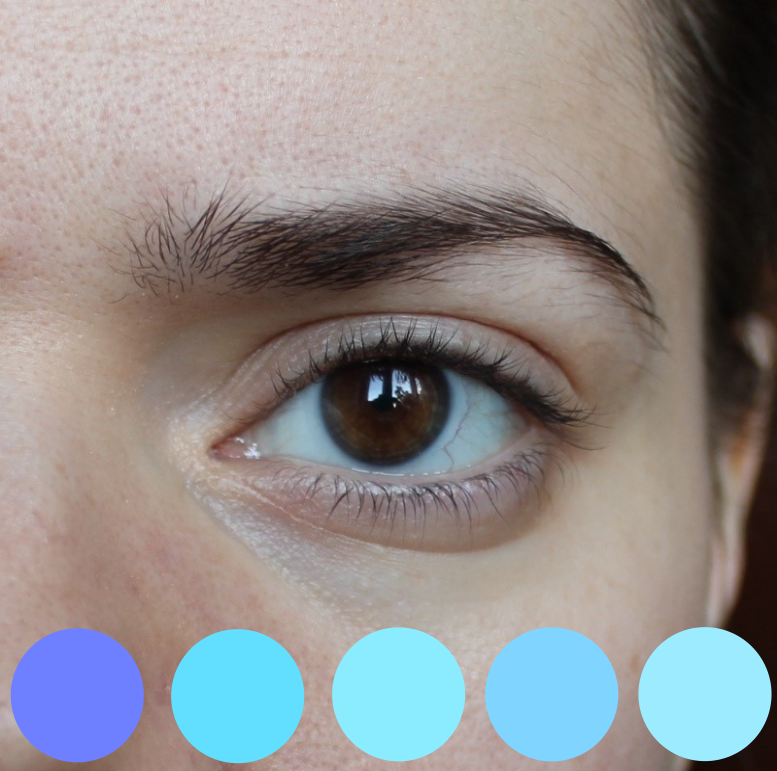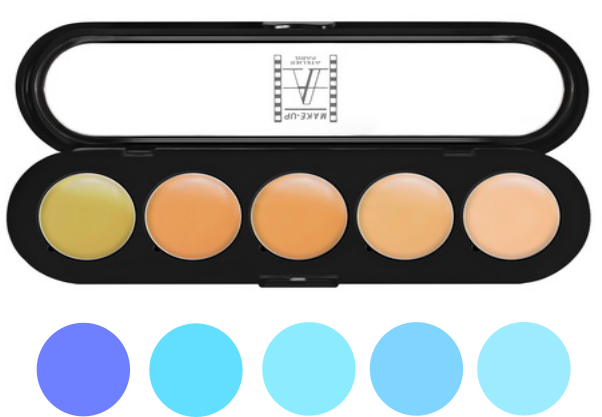Camouflage circles under the eyes

The correction of skin imperfections
The principles of coloristics are actively used to correct skin imperfections. For example, to mask dark circles or bruises under the eyes.
How to choose the right color of concealer?
To hide the circles under the eyes best guided by the principle of complementary (opposite on the color circle) colors. The concealer (or proofreader) is the means that we need for this purpose. How to choose the right color?



At first, let's determine your shade of bruise:
The texture of the correctors are wax and silicone. The silicone is recommended for age-related skin. They do not clog their wrinkles. The wax does not dry the skin, but requires subsequent hardening to avoid rolling down. You do not need to apply a foundation over the corrector. You can apply the corrector with your fingers, with a brush, patting your fingers, without rubbing, on the intensity zone of the bruise (where the color is the brightest, usually at the inner corner of the eye).
If nothing happened?
- If the circles under the eyes could not be concealed, and you do not notice the corrector applied, then you need the same tone of the corrector, only deeper and more intense.
- If the circles under the eyes disappeared, but the corrector is visible, you need that corrector's shade, only less intense, lighter.
- If both circles are visible, and the corrector, you need a different shade.
Eugene Malikova, makeup artist